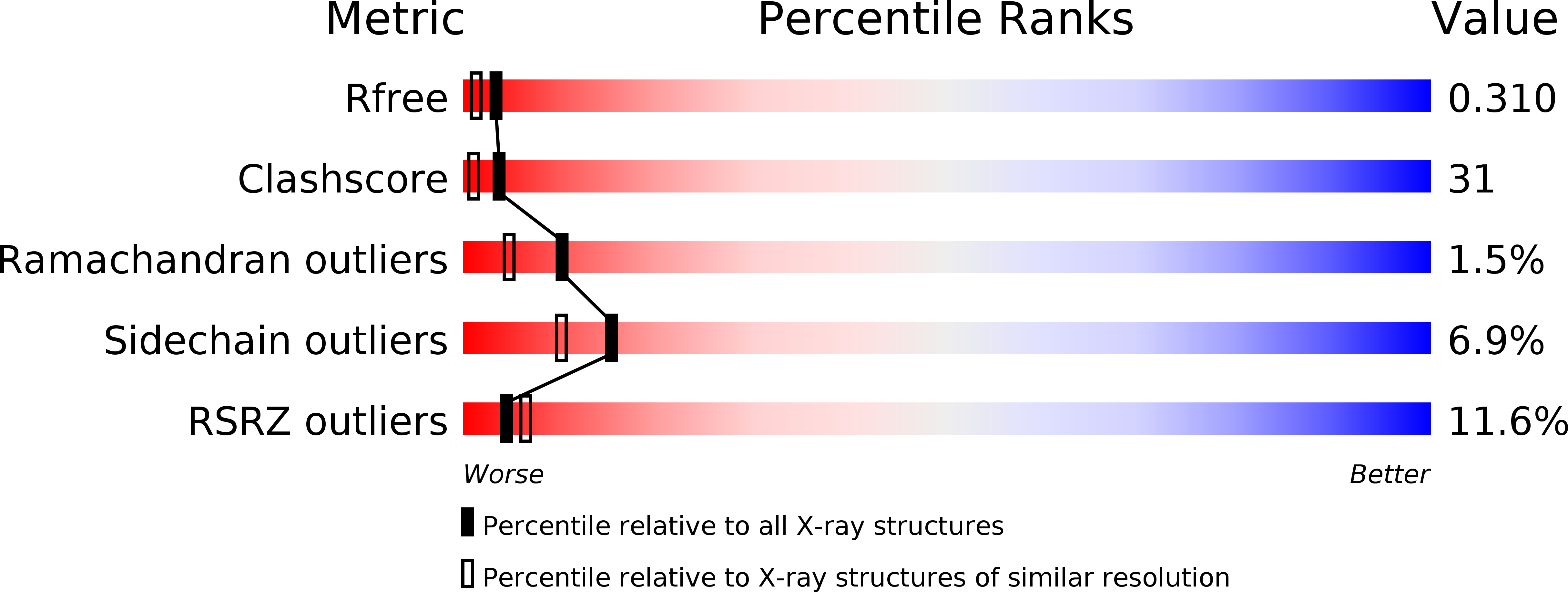
Deposition Date
2009-03-11
Release Date
2009-09-08
Last Version Date
2024-11-20
Entry Detail
Biological Source:
Source Organism:
Anthomedusae sp. DC-2005 (Taxon ID: 328397)
Host Organism:
Method Details:
Experimental Method:
Resolution:
2.15 Å
R-Value Free:
0.31
R-Value Work:
0.22
R-Value Observed:
0.23
Space Group:
P 21 21 21


